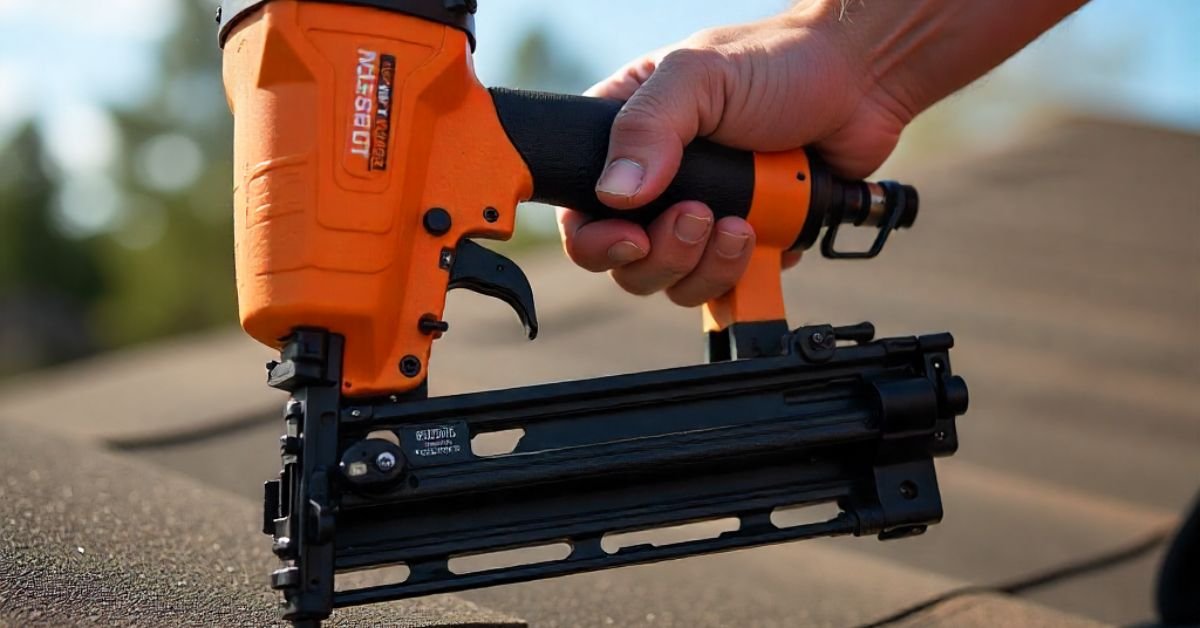To understand the world of roofing nail guns, let’s start with the basics. A roofing nail gun is a type of nail gun that’s designed to drive nails into roofing materials, such as shingles, tiles, and felt paper. It’s a powerful tool that can save you time and effort, but it requires some knowledge and skill to use it effectively. So, what are the key features of a roofing nail gun, and how does it compare to other types of nail guns, such as a framing nail gun or an electric nail gun?
Framing Nail Gun vs. Roofing Nail Gun
A framing nail gun is a type of nail gun that’s designed for framing applications, such as building walls and floors. While it’s similar to a roofing nail gun, it’s not exactly the same thing. A framing nail gun is typically more powerful than a roofing nail gun, and it’s designed to drive larger nails into thicker materials. But what about an electric nail gun? Is it a good option for roofing applications, or are there better alternatives, such as a roofing nailer or a concrete nail gun?
Types of Roofing Nail Guns
There are several types of roofing nail guns available, each with its own unique features and benefits. A roofing nailer, for example, is a type of nail gun that’s specifically designed for roofing applications, and it’s typically more affordable than a framing nail gun. A concrete nail gun, on the other hand, is a type of nail gun that’s designed for concrete applications, and it’s not typically used for roofing. But what about a cordless framing nailer? Is it a good option for roofing applications, or are there better alternatives?
Real-Life Example: A Roofer’s Best Friend
As one roofer noted, “My roofing nail gun is my best friend on the job site. It’s fast, reliable, and easy to use, and it’s saved me countless hours of time and effort.” But what about the risks associated with using a roofing nail gun? Are there any safety precautions that you should take, and how can you avoid common mistakes, such as over-driving or under-driving nails?
Safety Precautions and Best Practices
When using a roofing nail gun, safety should always be your top priority. Make sure you wear protective gear, such as gloves and safety glasses, and always follow the manufacturer’s instructions. It’s also important to use the right type of nails for your roofing material, and to avoid over-driving or under-driving nails, which can cause damage to the material or lead to safety hazards. But what about maintenance and upkeep? How can you keep your roofing nail gun in good working condition, and what are the common problems that you may encounter?
Maintenance and Upkeep
To keep your roofing nail gun in good working condition, it’s essential to perform regular maintenance and upkeep. This includes cleaning the gun, checking the nails, and lubricating the moving parts. It’s also important to store the gun properly, and to avoid exposing it to extreme temperatures or moisture. But what about common problems, such as jamming or misfiring? How can you troubleshoot these issues, and what are the common solutions?
FAQs
Q: What is a roofing nail gun, and how does it work?
A: A roofing nail gun is a type of nail gun that’s specifically designed for roofing applications, and it works by driving nails into roofing materials, such as shingles, tiles, and felt paper.
Q: What are the different types of roofing nail guns, and which one is right for me?
A: There are several types of roofing nail guns available, including roofing nailers, concrete nail guns, and cordless framing nailers. The right one for you will depend on your specific needs and preferences.
Q: How do I choose the right roofing nail gun for my needs, and what are the key features to consider?
A: When choosing a roofing nail gun, consider the type of roofing material you’ll be working with, the size and type of nails you’ll need, and the power source, such as electric or cordless.
Q: What are the safety precautions and best practices for using a roofing nail gun, and how can I avoid common mistakes?
A: Always wear protective gear, follow the manufacturer’s instructions, and use the right type of nails for your roofing material. Avoid over-driving or under-driving nails, and always keep the gun clean and well-maintained.
Conclusion
Roofing nail guns are powerful tools that can save you time and effort on the job site, but they require some knowledge and skill to use effectively. By understanding the different types of roofing nail guns, the safety precautions and best practices, and the common problems and solutions, you can get the most out of your roofing nail gun and achieve professional-looking results. So why not explore more about roofing nail guns and how they can help you with your next roofing project? Try a roofing nail gun now and see the difference for yourself! Explore more and discover the benefits of using a roofing nail gun for your roofing needs.
CLICK HERE FOR MORE BLOG POSTS
MOBI ROLLER is a tech enthusiast with a background in technology. He writes about the latest trends, tools, and innovations in the tech world, sharing insights based on both knowledge and experience.

